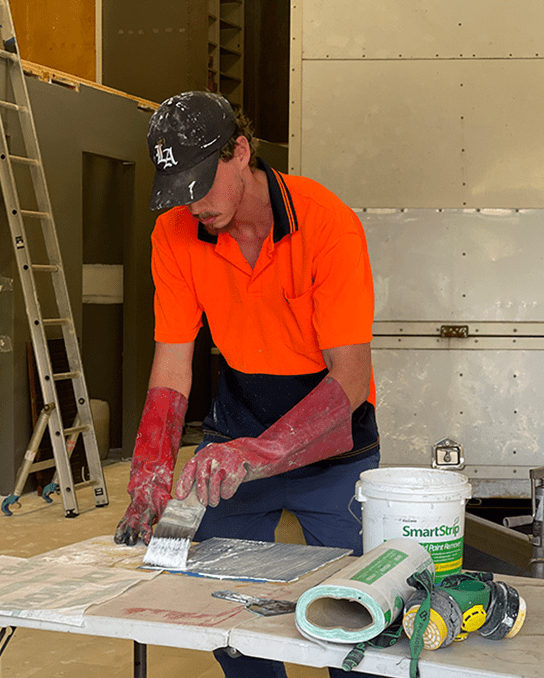
Lead was a common ingredient in paints until the 1980s in Australia and was not entirely prohibited until the early 90s. It is particularly hazardous when disturbed and should only be handled by licensed professionals. The primary sources of lead poisoning at home are aging, flaking paint, dust from sanding, and smoke from burning it off. If left untreated, lead poisoning can lead to severe consequences, including brain damage or death. It is crucial to be aware of the risks associated with lead paint and take appropriate precautions to prevent exposure.

Lead was a common ingredient in paints until the 1980s in Australia and was not entirely prohibited until the early 90s. It is particularly hazardous when disturbed and should only be handled by licensed professionals. The primary sources of lead poisoning at home are aging, flaking paint, dust from sanding, and smoke from burning it off. If left untreated, lead poisoning can lead to severe consequences, including brain damage or death. It is crucial to be aware of the risks associated with lead paint and take appropriate precautions to prevent exposure.

Impact on Children and Pets Children and pets are often the first affected by elevated blood lead levels due to their habits of putting things in their mouths and playing on the ground. Ingested lead particles can severely impact their developing nervous systems, causing intellectual and behavioral issues, even at low levels. It is essential to be vigilant about the environment in which children and pets play and take necessary precautions to minimize their exposure to lead.
Impact on Children and Pets Children and pets are often the first affected by elevated blood lead levels due to their habits of putting things in their mouths and playing on the ground. Ingested lead particles can severely impact their developing nervous systems, causing intellectual and behavioral issues, even at low levels. It is essential to be vigilant about the environment in which children and pets play and take necessary precautions to minimize their exposure to lead.


Exposure to lead-based paint can manifest in various ways, including the ingestion of paint chips, which poses a particular concern for young children and pets who may come into contact with these paint fragments. This issue extends to exterior walls, as pets that transition between indoor and outdoor environments can inadvertently transport paint chips into the home on their paws. For instance, a dog can easily carry paint chips indoors on its paws. In many older homes with wooden floorboards, these chips may become lodged between the boards, making their removal a challenging task.
One of the most common means of lead-based paint exposure is through airborne particles, typically during sanding activities when preparing surfaces for repainting. Failure to take adequate precautions during such tasks can result in lead exposure.
Once lead enters the body, it tends to accumulate and be absorbed into the bloodstream, bones, and tissues. It remains within the system, serving as an ongoing internal source of exposure. As individuals age and their bones naturally demineralize, there is an increased risk of internal exposure as lead is released from bone tissue.
Furthermore, lead exposure can also stem from contaminated water, soil, or air. For example, regular involvement in activities such as battery work, home renovations, or automotive repairs can heighten the risk of lead exposure. Although lead poisoning is treatable, it is preferable to focus on minimizing lead exposure through preventive measures.
The Impact of Lead on Children and Pregnant Women It is of paramount importance for pregnant women to exercise extreme caution, as exposure to lead can have devastating consequences for unborn babies, particularly during the early stages of pregnancy. When a pregnant woman is exposed to lead, this toxic substance can traverse the placenta and adversely affect the developing fetus. Exposure during these critical phases of fetal development can result in a multitude of severe outcomes.
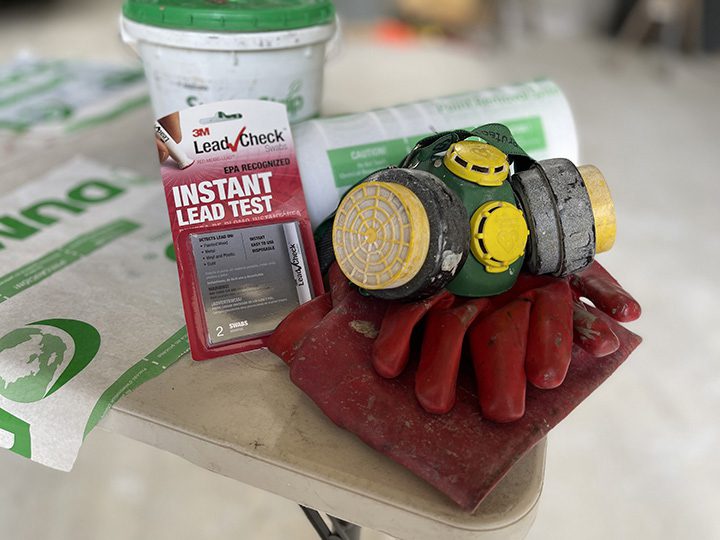
Lead exposure can lead to premature birth, resulting in low birth weight and associated health complications. Furthermore, it can impact a child’s cognitive and behavioral development as they grow, affecting their learning abilities and physical growth, including brain development.
In cases where lead enters the bloodstream of a pregnant woman, it heightens the risk of miscarriage or stillbirth. Additionally, lead exposure can impede a mother’s ability to breastfeed, as it is unsafe for the infant to ingest milk if the mother has elevated lead levels in her system. Furthermore, lead exposure can contribute to infertility in both men and women. It is imperative to fully grasp the far-reaching implications of lead exposure and take the necessary precautions to minimize associated risks.

Lead exposure can lead to premature birth, resulting in low birth weight and associated health complications. Furthermore, it can impact a child’s cognitive and behavioral development as they grow, affecting their learning abilities and physical growth, including brain development.
In cases where lead enters the bloodstream of a pregnant woman, it heightens the risk of miscarriage or stillbirth. Additionally, lead exposure can impede a mother’s ability to breastfeed, as it is unsafe for the infant to ingest milk if the mother has elevated lead levels in her system. Furthermore, lead exposure can contribute to infertility in both men and women. It is imperative to fully grasp the far-reaching implications of lead exposure and take the necessary precautions to minimize associated risks.
Engaging Professional Services for Safety and Efficiency To effectively mitigate the risks of contamination, it is highly advisable to enlist the services of a certified Lead Paint Remover and oversee the process to ensure strict adherence to safety protocols. These experts undergo specialized training to safely manage lead paint and are equipped with essential tools and protective attire, minimizing exposure hazards. Thorough research and the selection of a reputable professional are imperative to ensure that the task is carried out with the utmost safety and efficiency.
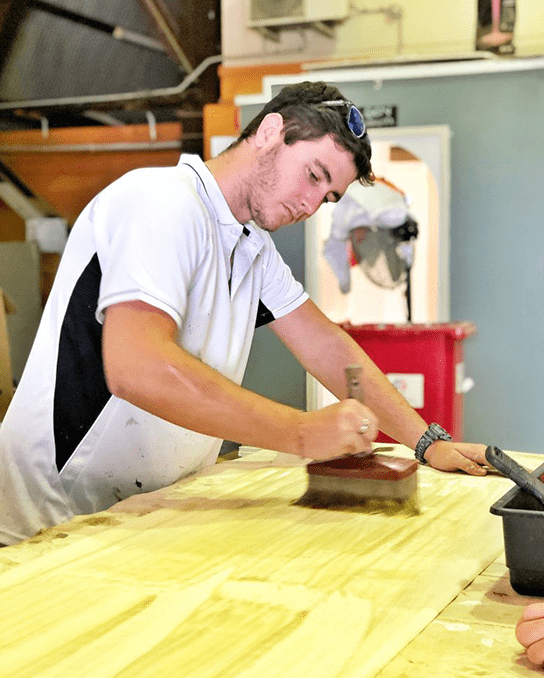
The importance of this approach extends not only to the well-being of the building’s occupants but also to the safety of the workers involved in the removal process. A certified professional possesses a comprehensive understanding of the required safety protocols and regulations for the removal process and is equipped with the necessary tools to execute it safely and responsibly.
Furthermore, hiring a professional guarantees a thorough and complete job, reducing the risk of any residual lead paint lingering on surfaces. This is of particular significance since any remaining lead paint can continue to pose a potential hazard to the building’s occupants.
In conclusion, while it might be tempting to attempt lead paint removal independently as a cost-saving measure, the associated risks make it imperative to engage a certified professional. Prioritizing the safety of oneself, one’s family, and neighboring individuals should always take precedence.
The importance of this approach extends not only to the well-being of the building’s occupants but also to the safety of the workers involved in the removal process. A certified professional possesses a comprehensive understanding of the required safety protocols and regulations for the removal process and is equipped with the necessary tools to execute it safely and responsibly.
Furthermore, hiring a professional guarantees a thorough and complete job, reducing the risk of any residual lead paint lingering on surfaces. This is of particular significance since any remaining lead paint can continue to pose a potential hazard to the building’s occupants.
In conclusion, while it might be tempting to attempt lead paint removal independently as a cost-saving measure, the associated risks make it imperative to engage a certified professional. Prioritizing the safety of oneself, one’s family, and neighboring individuals should always take precedence.

Checking for Lead Paint In Australia, it is advised to test for lead paint in buildings painted before the mid-1970s, and in the United States, in buildings constructed before 1978, before initiating any scraping or sanding activities. Lead test kits, which are relatively user-friendly, can be purchased at hardware stores or paint shops. It is crucial to test all surfaces that will be affected during renovation or maintenance tasks to guarantee that suitable safety measures are implemented.
Moreover, it is not only the walls that should be tested. Other surfaces like window sills, doors, and frames, which may have been painted with lead-based paint, should also be checked. It is also advisable to test multiple layers of paint, as lead-based paint may have been covered with non-lead-based paint in subsequent years.
Ultimately, testing for lead paint is a critical step in ensuring the safety of both the occupants of a building and the workers involved in its renovation or maintenance. Proper testing can help prevent exposure to lead, which can have serious health consequences.

Moreover, it is not only the walls that should be tested. Other surfaces like window sills, doors, and frames, which may have been painted with lead-based paint, should also be checked. It is also advisable to test multiple layers of paint, as lead-based paint may have been covered with non-lead-based paint in subsequent years.
Ultimately, testing for lead paint is a critical step in ensuring the safety of both the occupants of a building and the workers involved in its renovation or maintenance. Proper testing can help prevent exposure to lead, which can have serious health consequences.
Disrupting lead-based paint through activities like sanding or burning can release hazardous particles, dust, and vapors containing lead. This can lead to lead poisoning through both inhalation and ingestion, posing a significant risk to health. The accumulation of lead in the body, if left unaddressed, can have life-threatening consequences. Recognizing the potential hazards associated with disturbing lead paint is paramount, and it is crucial to implement essential measures to minimize exposure.
Furthermore, these risks extend beyond the person performing the work; they also affect other occupants of the building, including children and pets, who may come into contact with the released lead particles. Employing proper safety protocols, such as wearing protective gear, utilizing appropriate equipment, and ensuring adequate ventilation in the work area, is essential to mitigate the dangers associated with disturbing lead paint.
In summary, comprehending the perils linked to disrupting lead-based paint and taking appropriate precautions is vital to safeguard the well-being of all involved parties. It is strongly recommended to seek professional assistance for the removal of lead-based paint to ensure that all necessary safety measures are diligently followed.
If your residence was constructed post-1978, there is no need to be concerned about lead; however, for homes built pre-1978, it is crucial to implement certain preventative measures to protect your family from the risks associated with lead-based paint.
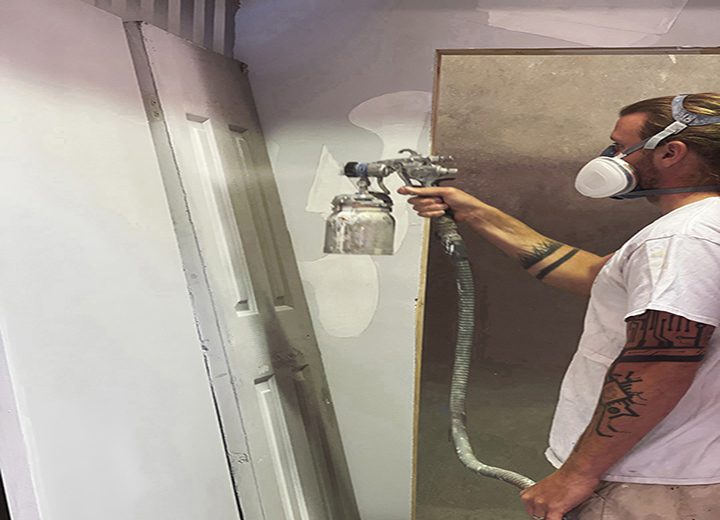
Here are some suggestions:
If there are concerns about potential lead exposure, the most straightforward way to confirm is by getting a blood test from your GP. However, to definitively determine whether your home contains lead paint, professional testing is recommended.
After testing, we can decide on the best course of action, whether it involves complete removal or encapsulation to effectively seal the lead. Regardless of the chosen approach, we ensure safety precautions are followed to minimize exposure to you and your family.
For more information, refer to the Australian Government’s Lead Protection Guide. Alternatively, contact our Brisbane lead paint encapsulation experts for guidance.

Surepaint safely removing lead based paint
Here are some suggestions:
If there are concerns about potential lead exposure, the most straightforward way to confirm is by getting a blood test from your GP. However, to definitively determine whether your home contains lead paint, professional testing is recommended.
After testing, we can decide on the best course of action, whether it involves complete removal or encapsulation to effectively seal the lead. Regardless of the chosen approach, we ensure safety precautions are followed to minimize exposure to you and your family.
For more information, refer to the Australian Government’s Lead Protection Guide. Alternatively, contact our Brisbane lead paint encapsulation experts for guidance.
Lead poisoning can manifest through a diverse array of symptoms, including decreased appetite, nausea, vomiting, abdominal discomfort, constipation, recurring headaches, extreme fatigue, heightened irritability, mental confusion, seizures, muscle weakness, and even paralysis.
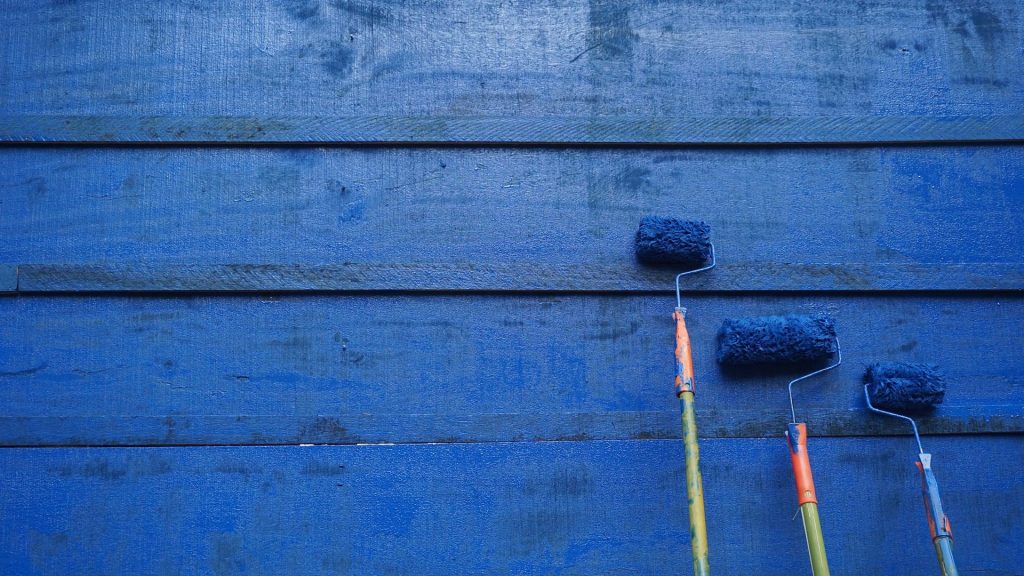
Those most vulnerable to this threat encompass individuals engaged in lead-based paint removal, residents and nearby neighbors exposed to dust particles, and family members of individuals working in environments with lead exposure. Understanding these varied symptoms associated with lead poisoning is of paramount importance, and it is crucial to promptly seek medical attention if any of these signs become evident. Early detection and treatment are vital in averting long-term health repercussions and complications.
Furthermore, adopting preventive measures such as regular cleaning and maintenance of living spaces, ensuring proper ventilation during renovation activities, and using protective equipment when operating in potentially contaminated areas is highly advisable.
Those most vulnerable to this threat encompass individuals engaged in lead-based paint removal, residents and nearby neighbors exposed to dust particles, and family members of individuals working in environments with lead exposure. Understanding these varied symptoms associated with lead poisoning is of paramount importance, and it is crucial to promptly seek medical attention if any of these signs become evident. Early detection and treatment are vital in averting long-term health repercussions and complications.
Furthermore, adopting preventive measures such as regular cleaning and maintenance of living spaces, ensuring proper ventilation during renovation activities, and using protective equipment when operating in potentially contaminated areas is highly advisable.

Vulnerability to Lead Poisoning: Protecting Children and Pregnant Women Children are particularly susceptible to the perils of lead poisoning, with even low levels of exposure having detrimental effects on their cognitive development and behavior. Pregnant women also face risks, as lead can negatively impact fetal development and heighten the likelihood of premature birth. The sole means of detecting lead poisoning is through a blood test, and immediate medical attention is imperative when suspicion arises. If your home contains lead-based paint, it is strongly advisable to seek the expertise of a contractor experienced in lead paint removal. It is crucial to acknowledge the potential hazards linked to lead paint and take essential precautions to mitigate exposure.
It is vital to underscore that lead paint constitutes a serious hazard that should not be underestimated. Thorough preventive measures must be implemented to minimize exposure and avert lead poisoning. If you suspect that you or someone you know has been exposed to lead, seeking immediate medical attention is of utmost importance. Furthermore, if your home contains lead-based paint, it is highly recommended to engage a professional for its safe removal. Adhering to these necessary precautions is paramount in preventing lead poisoning and ensuring a secure and healthy environment for you and your loved ones.
I trained under Nigel as an apprentice, now I am happy to say my apprentice is training under him also. I really enjoyed my time on the training wheels, and to be honest, Nigel seems to be one of the few driven by passion for our trade. 5 stars, anyday.
This is the number one place to go if you have any questions to do with the painting trade. It is so heart-warming to see an organisation like this that is dedicated to help out and improve our industry. They are up-to-date with Government Legislation and forward the information on, even if you’re not a member. They are also passionate about assisting painters to better their own business to become more profitable. Aussie Painters Network deserves a 5 star rating in my book. Keep up the good work.
Very happy with the service! Great knowledge that has helped me grow and realise a few things I need to improve on.
Top site and wealth of knowledge and commitment to the guys on the tools.
I have dealt with Aussie Painters Network a few times over the years & found them to be very helpful, Polite & friendly, their magazine is always informative & even if you only get one thing from it, that’s a positive thing. Keep up the good work.
I want to take this opportunity to thank and congratulate the APN team for all the work they do to help educate, train and support our painting industry.
Well done mate…!
Aussie Painters Network
2/16 Perrin Place
Salisbury Qld 4107
We’re open 7:00 am — 3.00 pm Monday – Friday. Saturday and Sunday Closed.
For additional questions you can call us at 1800 355 344 or you can find us on 0430 399 800
Aussie Painters Network
2/16 Perrin Place
Salisbury Qld 4107
We’re open 7:00 am — 3.00 pm Monday – Friday. Saturday and Sunday Closed.
For additional questions you can call us at 1800 355 344 or you can find us on 0430 399 800